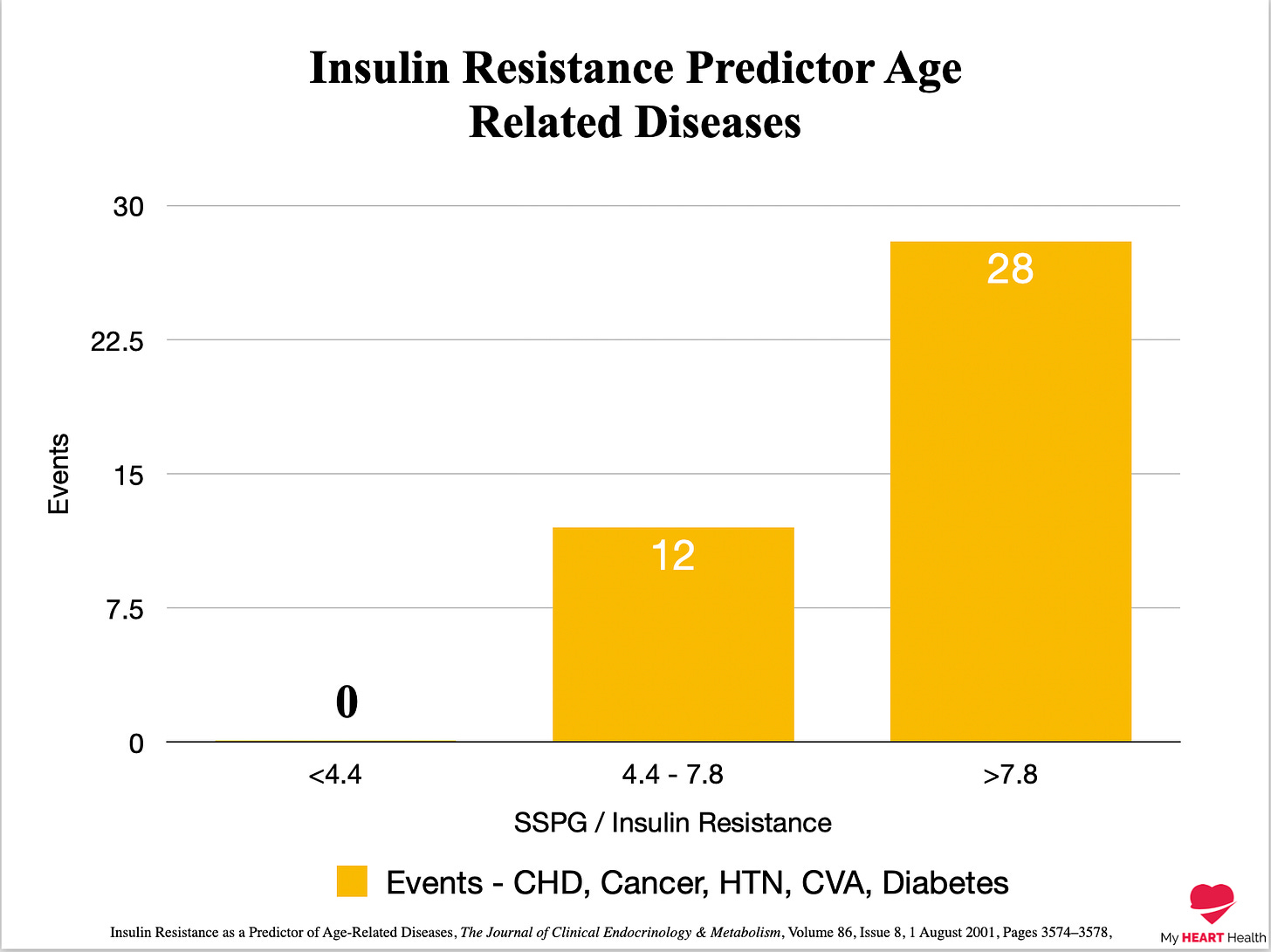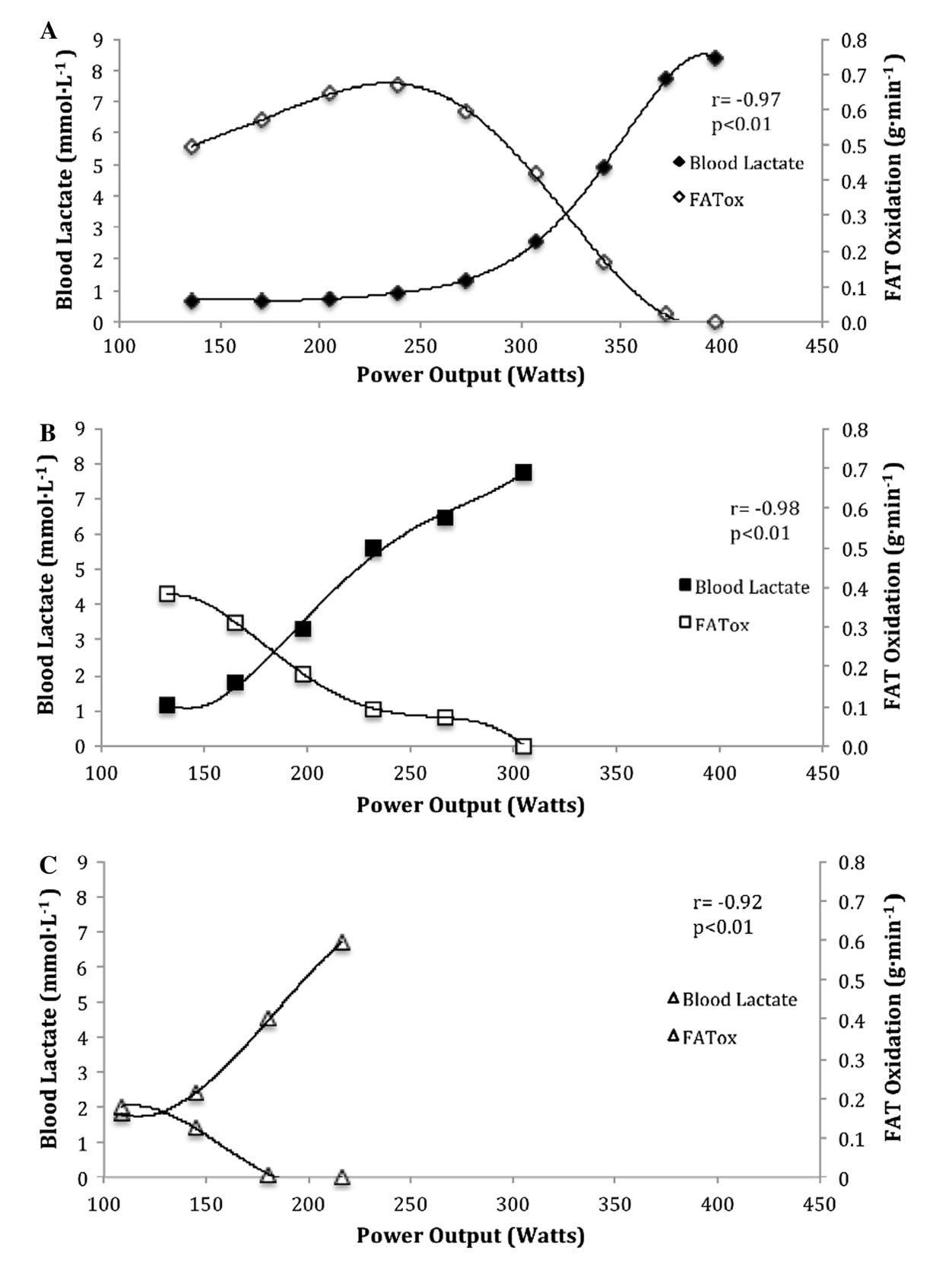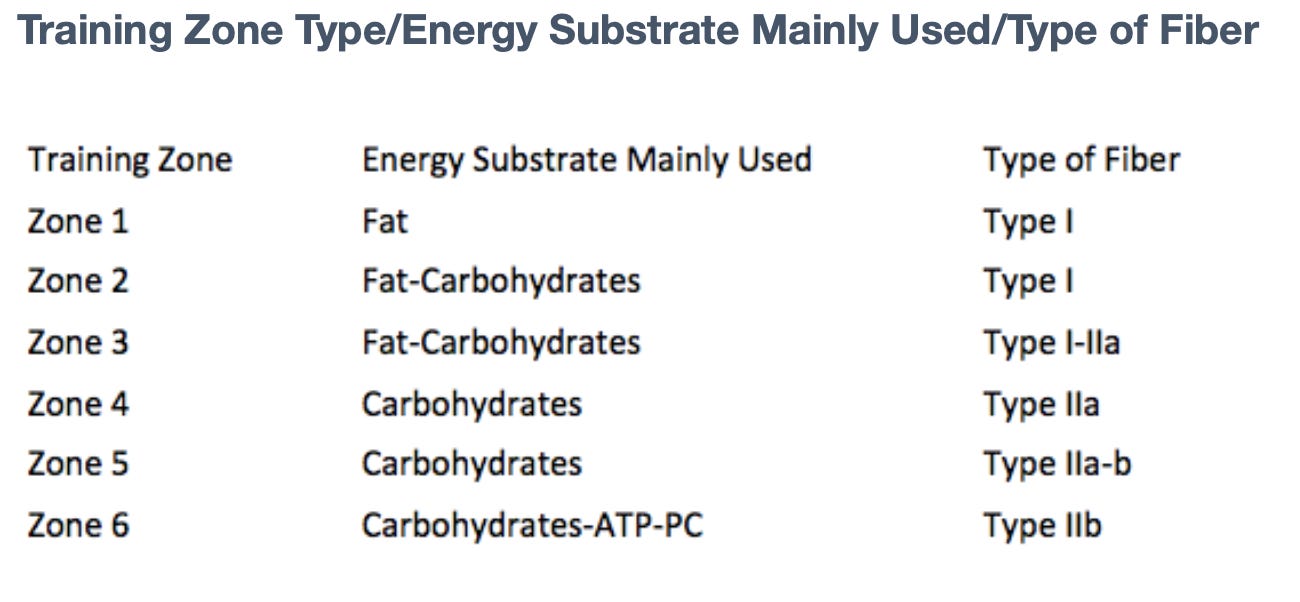The Benefits Zone 2 Exercise

Those who are very fit versus unfit have a five-fold less chance of dying over a 10-year period1. There is practically nothing in medicine that can generate that type of difference.
This is why you need to exercise like your life depends on it.
Because it does.
But why does exercise have such a huge benefit?
And what specific types of exercise should people focus on?
If exercise significantly reduces the chances of dying over a 10-year period, it must decrease your chance of dying from one of the leading causes of death2:
-
Cardiovascular Disease
-
Cancer
-
Dementia
As discussed previously, one of the key risk factors for these 3 conditions is insulin resistance, and we know that regular exercise is a key factor in reversing insulin resistance34.

One of the hallmarks of insulin resistance is the impaired function of mitochondria in your muscles5. Mitochondria are the power generators of your cells and are what turn fuel into energy. Understanding this process is key to understanding why exercise reduces the chances of dying from the conditions most likely to kill you.
Fuel → Energy
Being ‘Fit’ can be loosely thought of as the efficiency at which you can turn fuel into energy at increasing workloads.
Ergo. The ‘Fitter’ you are, the farther you can run, for example.
In general, you are constantly using a combination of fat and carbohydrate (sugar/glucose) as a source of fuel for energy. When you are resting or doing very minimal activities, such as walking slowly, the primary source of fuel is fat.
As you increase your energy demand, e.g. going from walking to running to sprinting, the fuel source used for this activity changes from fat to carbohydrate.
Fat is a very energy-rich fuel, and when it is processed in the mitochondria for energy, it generates far more energy than carbohydrates.
The problem is that it can only do this so fast and when that capacity is exceeded, say when you go from a light jog to sprinting, using fat as a fuel is not sufficient to meet your energy needs, so your body switches to using glucose6.
The issue is that although glucose is a ‘faster’ source of energy, it generates a byproduct called lactate. The more you rely on this energy source, the more lactate is produced. This is ok for a short period, but increasing lactate levels can impair muscle performance. The reason for this is that alongside the lactate is an acid which also accumulates.
It’s the acid that causes sore muscles, not the lactate.
While we typically have abundant sources of fat for use as fuel, the amount of immediately available glucose is much less, and this energy system can only be relied upon for short periods of time.
Think of a fighter jet using its afterburners as using glucose. Yes, it would get around faster, but it would not be a fuel-efficient way to travel and the wear and tear on the jet would be very high.
The key takeaway here is that the more effective you are at using fat for fuel, the better.
In terms of energy demand, the point at which you start accumulating lactate faster than you can clear it is a reflection of when you have shifted over to primarily using glucose as fuel.
The top athletes in the world are the best at this and can keep lactate levels low even at very high workloads. They can do this because they are extremely efficient at using fat for fuel.
People with metabolic syndrome and insulin resistance are very bad at this. They are very poor at using fat for fuel.
This is something we can test.
The Best Versus The Rest
In the graphs below, you can see the point in energy demand (In Watts) where a person’s lactate starts to rise quickly. This is indicated when the two lines cross. The later this happens, i.e. at higher energy demands, the better they are at using fat for fuel.
The top graph illustrates an elite athlete. The middle graph is a moderately active person, and the bottom is a person with metabolic syndrome, a condition characterised by significant insulin resistance7.
Don’t worry if you find the graph confusing. I’ll give you the main takeaway:
Those with metabolic syndrome are VERY poor at using fat for fuel and rely almost entirely on using glucose for fuel, even at very low workloads.

Exercise improves your ability to use fat as fuel and, therefore, the point at which you start to accumulate lactate8. We know this improves in part because of improvements in both the efficiency of your mitochondria and also on the basis that exercise increases the number of mitochondrial available to generate energy from fat9.
In short.
Exercise = More Mitochondria & More Efficient Mitochondria.
More importantly, an exercise that uses your mitochondria to use fat for fuel improves their efficiency at doing so.
This is where Zone 2 comes in.
Exercise Zones
There are several ways of defining exercise zones, but the one I use is based on the energy system primarily in use and is broken down into 6 categories10.

In zones 1 and 2, the predominant fuel source is fat. In zone 3, it is both but with an increasing shift to glucose (A carbohydrate). In Zone 2, lactate levels generally remain low (<2.0 mmol/L).
At these levels, you are training your mitochondria to use fat for fuel. The more you train them, the better they get.
This is not about ‘Burning More Fat’ when you exercise. This is about being better at burning fat at all times of the day, whether you are exercising or not.
The key takeaway is that for almost everyone, the majority of their aerobic training should be done in Zone 2. Even the world’s best athletes spend the bulk of their time training in this zone.
It’s not to say that other zones are harmful but if you are looking to:
-
Improve mitochondrial function
-
Reverse insulin resistance
-
Decreases your risk of death
-
Exercise at an intensity that is comfortable
-
Reduce your risk of injury
-
Improve exercise performance
It's a great place to devote your time.
Defining Zones
The most precise way to determine your zones is a lactate threshold test. This involves exercising at progressively higher workloads and having a finger stick blood test of your lactate levels to determine the point at which your lactate goes above 2 mmol/l and also suddenly shoots up.
This is something most professional athletes do and is also done by an increasing number of people who are interested in this area. This test is available in most sports medicine centres, and many coaches offer it also.
There are alternatives to checking blood lactate levels.
They are likely directionally correct but are less precise than a formal lactate threshold test.
65 - 70% of your Max Heart Rate is a rough approximation of your Zone 2.
The easiest approximation is exercising at an intensity whereby you could talk on a conference call, but the other participants would know you were exercising. You should feel like you ‘could’ continue the call, but you would ‘prefer’ to get off it.
While I think there is value in the precision of a lactate threshold test, as a start, the other two approaches are very valuable benchmarks for the majority of people.
However, please do not use the 220 minus your age approach.
This is notoriously unreliable. 180 minus your age MIGHT be a better approximation.
Also, although walking (Zone 1) is beneficial, it rarely gets you into Zone 2 unless you are walking uphill or walking extremely fast (which is hard to do). Zone 1 does use fat for fuel, but it is not doing so at the highest levels. However, when it comes to Zone 1, you really can never get enough and more is better too.
As you will have noticed from the ‘conference call’ test, this level of exercise is very comfortable, which makes exercising in this zone far more enjoyable.
Just remember, in general, if you are out for a run and feel like your lungs are about to explode, you are very likely going too fast.
That would be the acid build-up from using glucose as fuel.
Slow down.
How Much Zone 2?
Now that we have an idea of how to train in Zone 2, the question of how much time we should spend in Zone 2 arises.
The guideline recommendation for exercise for most people is a minimum of 150 minutes of moderate to vigorous activity per week11. That's roughly Zone 2.
Remember, that’s the minimum. And that does not include the two strength sessions that are also recommended.
For most people, 150 minutes will generally translate to 30 minutes of zone 2 exercise ‘most days’.
If you can do that, your metabolic health will improve dramatically.
For most people, the key is to go slower.
Understanding and applying Zone 2 training changed my life.
I hope you give it a try.
Association of Cardiorespiratory Fitness With Long-term Mortality Among Adults Undergoing Exercise Treadmill Testing. JAMA Netw Open. 2018;1(6):e183605.
https://ourworldindata.org/causes-of-death
Insulin Resistance as a Predictor of Age-Related Diseases, The Journal of Clinical Endocrinology & Metabolism, Volume 86, Issue 8, 1 August 2001, Pages 3574–3578,
Ross R. Does Exercise Without Weight Loss Improve Insulin Sensitivity. Diabetes Care. 2003; 26(3): 944-45.
Assessment of Metabolic Flexibility by Means of Measuring Blood Lactate, Fat, and Carbohydrate Oxidation Responses to Exercise in Professional Endurance Athletes and Less-Fit Individuals. Sports Med. 2018 Feb;48(2):467-479.
Assessment of Metabolic Flexibility by Means of Measuring Blood Lactate, Fat, and Carbohydrate Oxidation Responses to Exercise in Professional Endurance Athletes and Less-Fit Individuals. Sports Med. 2018 Feb;48(2):467-479.
Assessment of Metabolic Flexibility by Means of Measuring Blood Lactate, Fat, and Carbohydrate Oxidation Responses to Exercise in Professional Endurance Athletes and Less-Fit Individuals. Sports Med. 2018 Feb;48(2):467-479.
Effects of strength training on lactate threshold and endurance performance. Med Sci Sports Exerc. 1991 Jun;23(6):739-43.
J Gerontol A Biol Sci Med Sci. 2006 June ; 61(6): 534–540.
https://www.trainingpeaks.com/blog/zone-2-training-for-endurance-athletes/
https://www.cdc.gov/physicalactivity/basics/adults/index.htm




